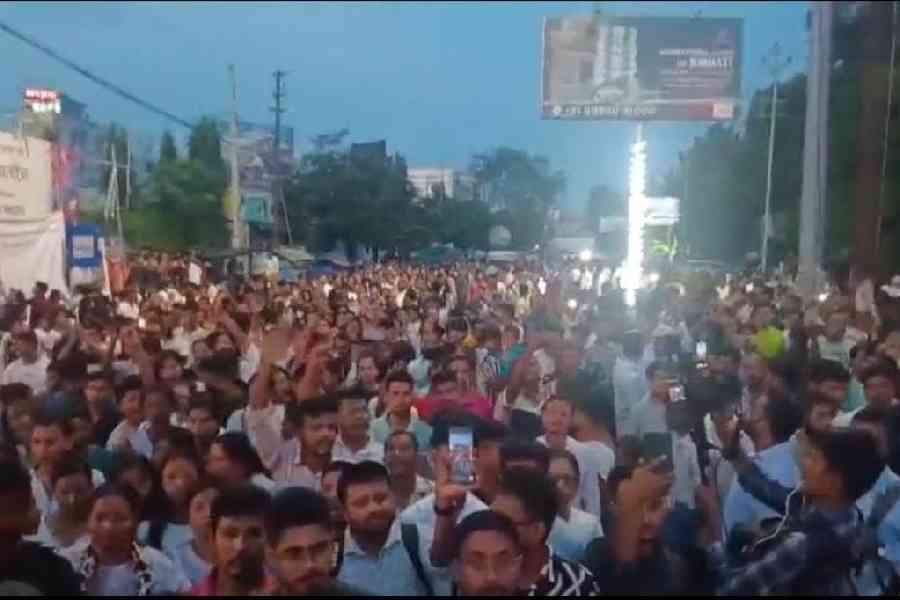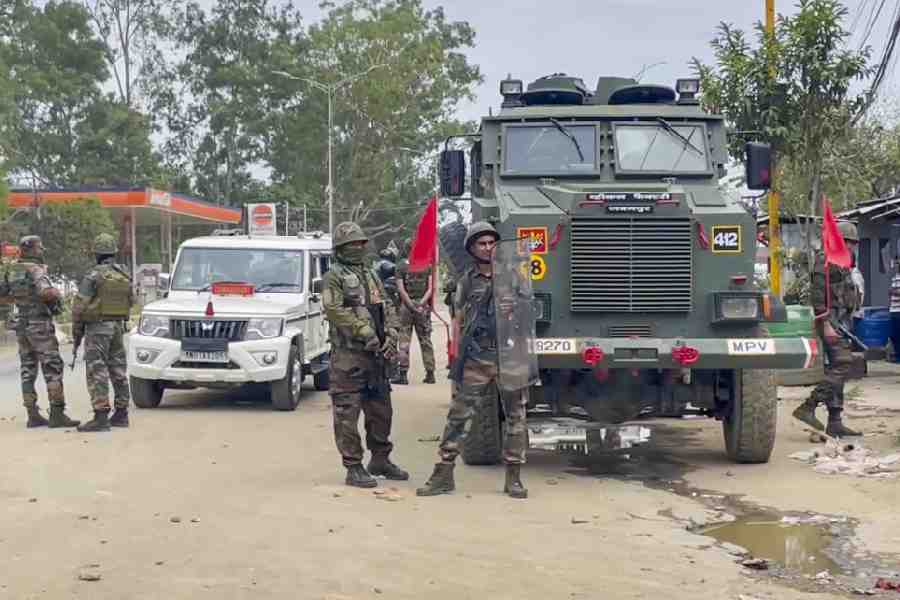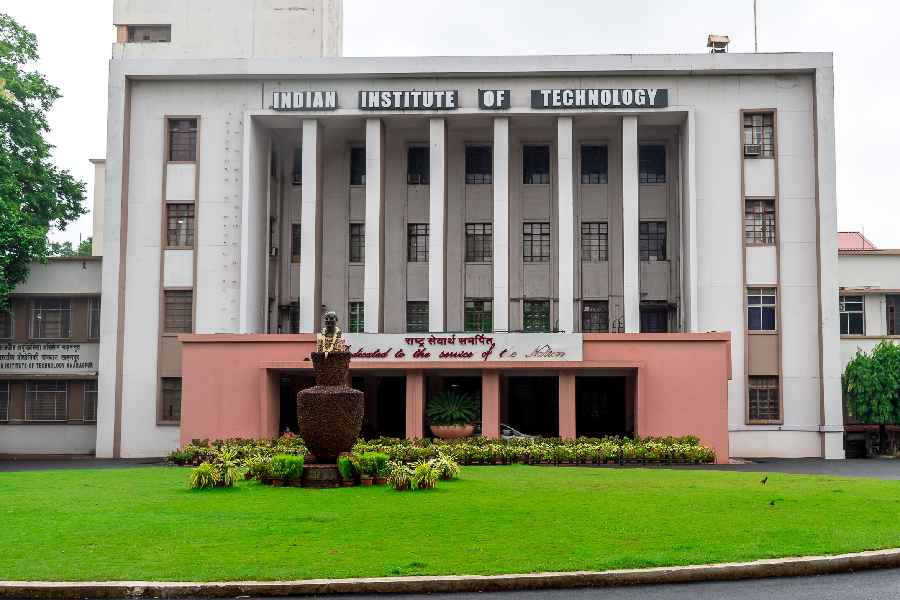Bhubaneswar, Feb. 18: The myths and legends around Kalapahad were propagated in the 19th century, three centuries after his existence, said scholars who discussed about the iconoclastic imagings of the historical figure in Odisha and Bengal at a seminar held at the National Archives of India Records Centre in Bhubaneswar.
Historians and researchers said that he attacked Odisha in 1568, but myths about him started doing rounds in the late 19th century.
Kalapahad is known as the destroyer of temples, especially for his attack on Jagannath temple. While some believe he had Afghan origins, others say he was a Hindu Brahmin who converted to Islam after falling in love with the Bengal ruler Suleiman Karnani's daughter Dulaari. Later, he wanted to reconvert, but the priests at Jagannath temple declined, and he took out his fury by attacking the temple.
"The origin of Kalapahad is confusing because there are Persian manuscripts at the British museum where Allahabadi Kalapahad has been mentioned, while in an Odia manuscript of 1600s, there is a mention of Illahdat Kalapahad," said Lalatendu Das Mohapatra, assistant director of the records center, National Archives in Bhubaneswar.
"During the Odia language revolution in 19th century, many accounts mentioned the legends of Kalapahad. Somewhere he has been portrayed as an ardent Jagannath follower who turned vindictive when he was not allowed to enter the temple. In Bengal, he has been seen as standing against Brahminical oppression in plays and novels," said Ishita Bannerjee Dube, a Mexico-based historian who has worked on Mahima Dharma and is now researching on Kalapahad as well as on the Sarala Mahabharat.
"The stories around Kalapahad may have been created to counter the growing rigidity in the Odia society and the Jagannath temple's system that was originally tribal but increasingly became Brahminical," said scholar G.N. Das who had thoroughly researched on Kalapahad 20 years ago.
While Kalapahad indeed destroyed temples during his attack on Odisha under the Bengal Sultan, the destruction of even Konark or temples built later are wrongly attributed to him, said Das.
Historian K.K. Basa said the contextual points of view due to which the image of Kalapahad differ now in Bengal and Odisha should be researched to get more clarity on the mythology around him too.
"There were very few mention of Kalapahad in 17th century documents. However, once his stories were picked up in the 19th century, the legends started resurfacing regularly, especially between 1920 and 1970," said Ishita.










